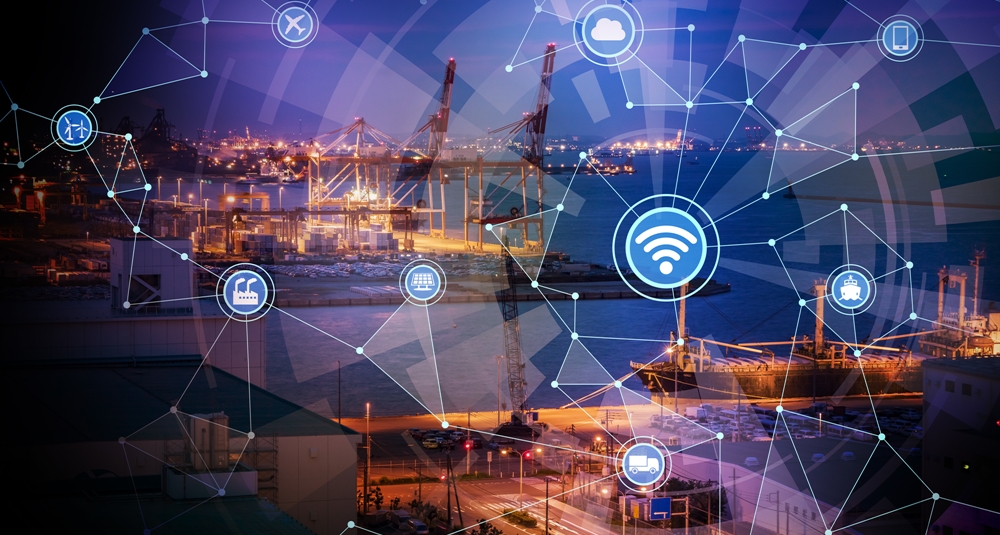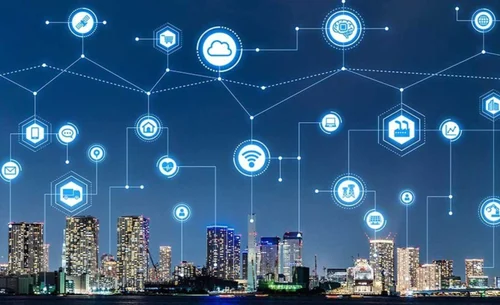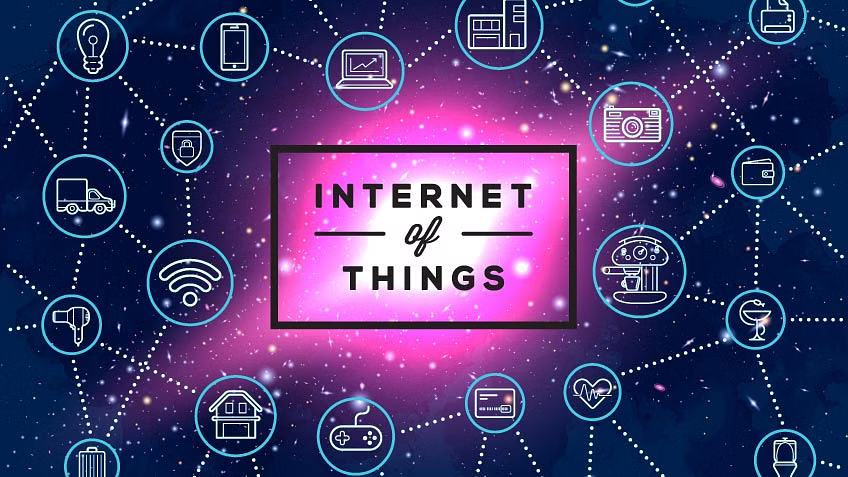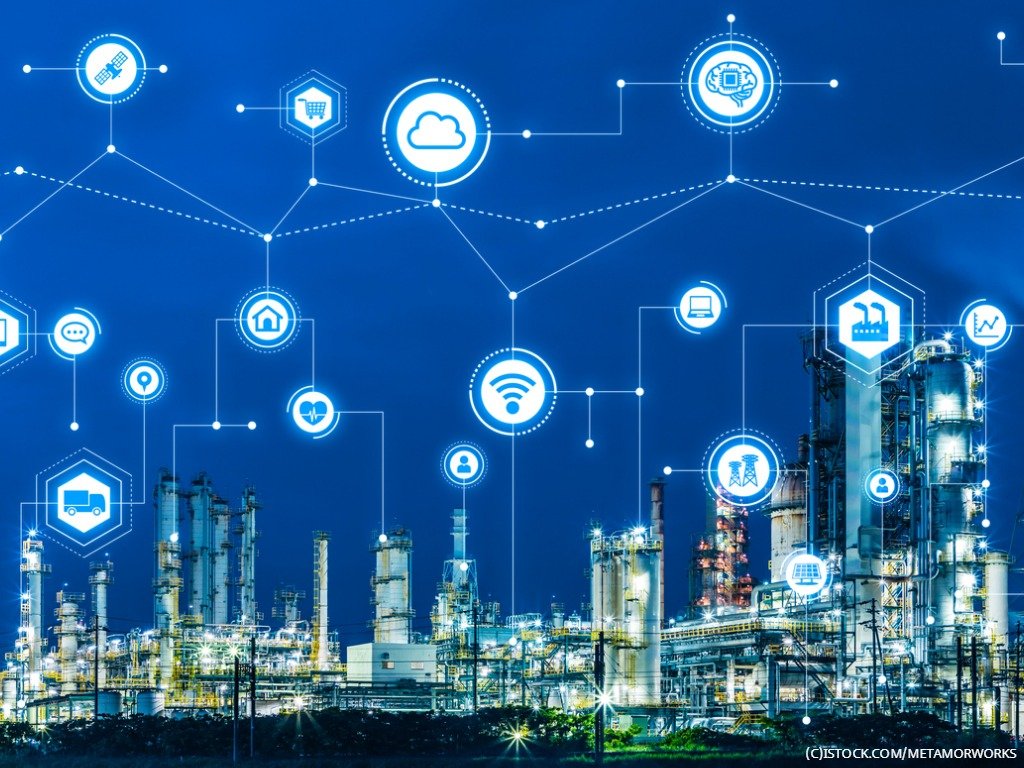IoT Monitoring: Revolutionizing Industrial Operations
The Industrial Internet of Things (IIoT) has recognized a new era in industrial operations, with IoT(Internet of Things) monitoring systems playing an important role in driving efficiency, reliability, and sustainability. In this comprehensive exploration, we look into the profound impact of IoT monitoring on industrial operations, examining its complex applications, evolving technologies, and transformative potential. From predictive maintenance to remote monitoring solutions, we separate the complex layers of IoT-enabled industrial optimization.
Table of Contents
Understanding IoT Monitoring
IoT monitoring represents the convergence of sensor technology, connectivity, and data analytics, enabling real-time tracking, analysis, and management of industrial assets and processes. At its core, IoT monitors involve the deployment of interconnected sensors and devices to collect data on various parameters such as temperature, pressure, vibration, and more. This data is transmitted over networks, aggregated, and processed to provide actionable insights into asset performance, health, and operational efficiency.

The Significance of IoT Monitoring in Industrial Operations
Proactive Maintenance Strategies:
One of the key benefits of IoT monitoring is its ability to facilitate predictive maintenance strategies. By continuously monitoring equipment health and performance metrics, IoT systems can detect anomalies and potential failures in advance. This proactive approach minimizes unplanned downtime, reduces maintenance costs, and extends asset lifespan.
Real-Time Decision-Making:
In today’s fast-paced industrial environments, real-time data is invaluable for decision-makers. IoT monitor systems provide participants involved with access to critical operational insights, enabling informed decision-making to optimize processes, allocate resources effectively, and respond promptly to emerging issues or opportunities.
Remote Monitoring and Management:
IoT monitoring solutions offer the flexibility of remote access, allowing operators and managers to monitor and manage industrial assets from anywhere, at any time. This capability is particularly beneficial for industries with distributed operations or remote facilities, enabling centralized oversight and control.
Cost Optimization:
By identifying inefficiencies, optimizing resource utilization, and preventing costly downtime, IoT monitoring contributes to significant cost savings for industrial enterprises. Whether through energy management initiatives, streamlined maintenance processes, or enhanced asset utilization, the financial benefits of IoT monitoring are significant.
Applications of IoT Monitoring in Industrial Settings

Predictive Maintenance:
Predictive maintenance is a cornerstone application of IoT monitoring, revolutionizing how industrial assets are managed. By leveraging data analytics and machine learning algorithms, IoT systems can predict equipment failures before they occur, enabling timely strategies to avoid costly downtime and problems.
Asset Tracking and Management:
IoT monitoring enables real-time tracking and management of assets throughout their lifecycle. From inventory management to supply chain optimization, industries leverage IoT solutions to enhance visibility, tracking, and control over their assets, driving operational efficiency and minimizing losses.
Environmental Monitoring:
Industries operating in regulated environments, such as Prescription medications, food production, or clean energy, rely on IoT monitoring for environmental compliance and quality control. IoT sensors monitor parameters such as temperature, humidity, air quality, and emissions, ensuring dedication to regulatory standards and product integrity.
Energy Efficiency and Sustainability:
IoT monitoring plays a crucial role in energy management and sustainability initiatives across industries. By monitoring energy consumption, identifying inefficiencies, and optimizing usage patterns, IoT systems help reduce carbon footprint, lower utility costs, and support environmental responsibility objectives.
Evolution of IoT Remote Monitoring Solutions
The evolution of IoT remote monitoring solutions reflects a convergence of technological advancements and market demands, driving innovation and adoption across industries. Key developments include:

Advances in Sensor Technology:
The miniaturization and cost reduction of sensors have facilitated their widespread deployment across industrial environments. These sensors boast improved accuracy, reliability, and functionality, enabling finer-grained monitoring of assets and processes.
Wireless Connectivity Standards:
The multiplication of wireless communication standards, including Wi-Fi, Bluetooth, LoRaWAN, and cellular networks, has simplified connectivity challenges in IoT deployments. Wireless connectivity enables seamless data transmission from sensors to centralized monitoring platforms, regardless of geographical location or infrastructure constraints.
Cloud-Based Platforms:
Cloud computing has emerged as a game-changer in IoT data management and analytics. Cloud-based IoT platforms offer scalable, secure, and cost-effective solutions for storing, processing, and analyzing vast amounts of sensor data. These platforms provide real-time insights, visualization tools, and remote access capabilities, empowering organizations to obtain maximum value from their IoT investments.
Integration with AI and Machine Learning:
The integration of artificial intelligence (AI) and machine learning (ML) algorithms augments the capabilities of IoT monitoring systems. These algorithms analyze sensor data to identify patterns, detect anomalies, and predict future outcomes with high accuracy. From predictive maintenance to anomaly detection and process optimization, AI-driven insights enable proactive decision-making and automated response mechanisms.
Challenges and Considerations
While IoT monitoring offers immense potential, several challenges must be addressed to realize its full benefits:

Data Security and Privacy:
With the addition of connected devices, ensuring the security and privacy of sensitive data becomes paramount. strong cybersecurity measures, including encryption, authentication, and access controls, are essential to safeguard IoT ecosystems against cyber threats and data breaches.
Interoperability and Standardization:
The different landscape of IoT devices and protocols presents challenges in interaction and integration. Standardization efforts are underway to establish common frameworks and protocols, facilitating seamless communication and interaction across different IoT ecosystems.
Scalability and Reliability:
As IoT deployments scale to encompass thousands or even millions of devices, scalability and reliability become critical considerations. strong infrastructure, resilient communication networks, and efficient data management solutions are essential to support large-scale IoT deployments and ensure reliable operation.
Skills Gap and Training:
The complexity of IoT technologies necessitates specialized skills and expertise. Linking up the skills gap through training and education initiatives is essential to empower People with the knowledge and capabilities required to design, deploy, and manage IoT monitoring solutions effectively.
Conclusion
IoT monitoring is revolutionizing industrial operations by providing real-time visibility, actionable insights, and remote management capabilities across various sectors. From predictive maintenance and asset tracking to energy management and environmental monitoring, IoT solutions are driving efficiency, productivity, and cost savings for industrial enterprises. As IoT technologies continue to evolve, the future holds immense potential for further optimization and innovation in industrial monitoring and management processes. Accepting IoT monitoring is not just a strategic advantage but a necessity for staying competitive in today’s dynamic industrial landscape.
In conclusion, the integration of IoT monitoring solutions is not just a technological advancement but a structure shift in how industrial operations are managed and optimized. By utilizing the power of real-time data analytics, remote monitoring capabilities, and predictive maintenance algorithms, industries can unlock new levels of efficiency, reliability, and sustainability in their operations. As the IoT ecosystem continues to evolve, embracing IoT monitoring will be crucial for businesses to stay ahead of the curve and achieve in an increasingly connected and competitive world.

